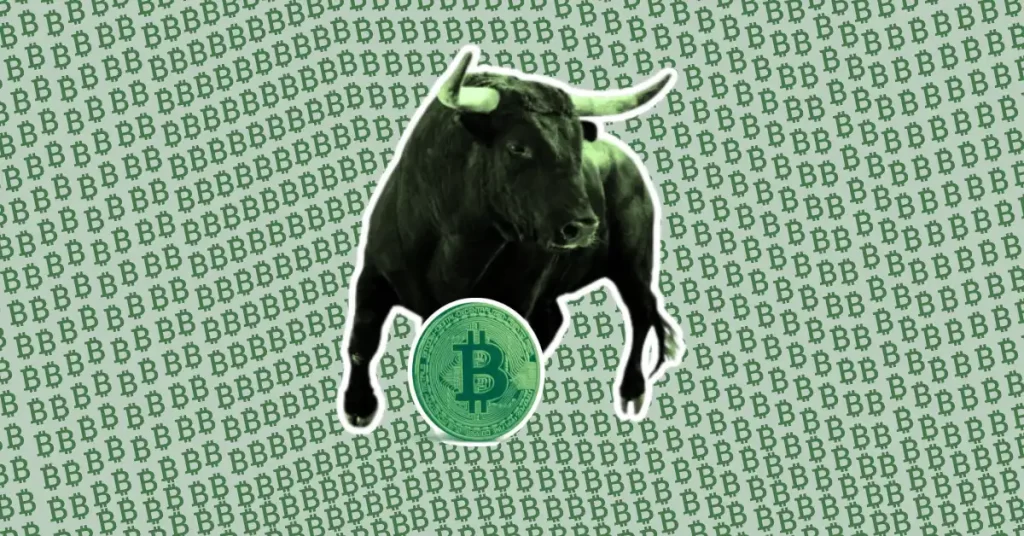Gold and Silver Surge to Record Highs: Is Bitcoin Next in Line?

The post Gold and Silver Surge to Record Highs: Is Bitcoin Next in Line? appeared first on Coinpedia Fintech News
In recent times, precious metals like Gold and Silver have been on a remarkable rally, hitting new record highs. Gold, in particular, has been grabbing attention, soaring to a new all-time high against the USD, with Silver not far behind, reaching an 11-year peak above $30. This surge is driven by various factors, including geopolitical uncertainties and sustained demand from central banks.
Gold’s Rally and Silver’s Surge
Gold’s price rally, fueled by geopolitical tensions and expectations of a dovish move by the Fed, has pushed it closer to $2,500 per ounce. According to The Kobeissi Letter, gold prices have surged to a new all-time high of $2,450, marking a 23% increase in three months and a 35% rise since October. This surge outpaces the S&P 500’s gains, driven by escalating geopolitical tensions in the Middle East. Plus, central banks’ record gold purchases in Q1 2024 add to the momentum. The post raises the question of how much higher gold prices can climb given these factors.
On the other hand, Silver’s surge is attributed to its safe-haven properties, a weaker U.S. dollar, and increasing industrial demand, especially in renewable energy applications.
Bitcoin’s Potential to Catch Up
Despite Gold and Silver’s recent price rally, Bitcoin is still behind in terms of valuation. However, analysts believe it could catch up soon, especially with its newfound status as a regulated and tradable product on Wall Street. Some experts think Bitcoin might double soon, following its historical pattern after halving events. But others, like Galaxy Digital CEO Mike Novogratz, believe it might stay steady for a while, with possible highs between $55,000 and $75,000 by the end of June as reported by Bloomberg.
Advice for Investors
Bitcoin’s price has remained stable, staying above important levels and only 8% below its all-time high. Despite this, many are feeling bearish and believe the cycle is ending. In bull markets, it’s common for prices to move sideways as they consolidate before going up again. Some mistake this consolidation for distribution and end up selling too soon or not investing at all.
However, history shows that after each Bitcoin halving, there’s been a similar period of consolidation followed by price increases and new highs.



